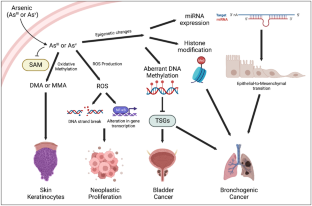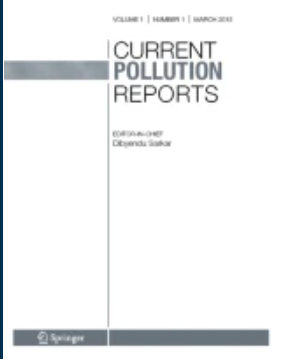Arsenic in the Soil-Plant-Human Continuum in Regions of Asia: Exposure and Risk Assessment
Abstract
In this review article, a comprehensive meta-analysis based on available literature information has been undertaken to make a relative comparison of total arsenic in rice grain. This involves analyzing the findings of various peer-reviewed studies that examined arsenic-contaminated Asian regions. Also, this article highlights the regional-level human health risks caused by the consumption of arsenic-contaminated rice in the three regions of Asia. Deriving such information at the continental level is of major importance in view of the need for proper monitoring and alleviating serious and continually emerging human health issues in arsenic-contaminated areas. One aim of this paper is to highlight the potential of a viable modeling approach for appraising the danger posed by arsenic in soil-plant-human system. There is an urgent need to fix the safe limit of bioavailable arsenic in soil because total arsenic in soil is not a good index of the arsenic hazard. Our hypothesis is finding out whether the modeling approach can be used in establishing a safe limit of bioavailable arsenic in soils with reference to human health. To achieve the above-mentioned objectives, we have selected reported rice grain arsenic content data from Asian countries following the PRISMA guidelines. Carcinogenic and non-carcinogenic risk was calculated following the US EPA’s guidelines. It emerged that adults in Asian countries are prone to a high risk of cancer due to their consumption of arsenic-contaminated rice. South Asia (SA), South East Asia (SEA), and East Asia (EA) exceeded the US EPA-prescribed safe limit for cancer risk with ~ 100 times higher probability of cancer due to rice consumption. The hazard quotient for the ingestion of arsenic containing rice was 4.526 ± 5.118 for SA, 2.599 ± 0.801 for SEA, and 2.954 ± 2.088 for EA. These figures are all above the permissible limit of HQ of 1. The solubility free ion activity model can predict arsenic transfer from soil to rice grain based on easily measurable soil properties and be used to fix the safe limit of bioavailable arsenic in paddy soils. The methods and findings of this review are expected to be useful for regional-level policymaking and mobilizing resources to alleviate public health issues caused by arsenic.


 求助内容:
求助内容: 应助结果提醒方式:
应助结果提醒方式:


